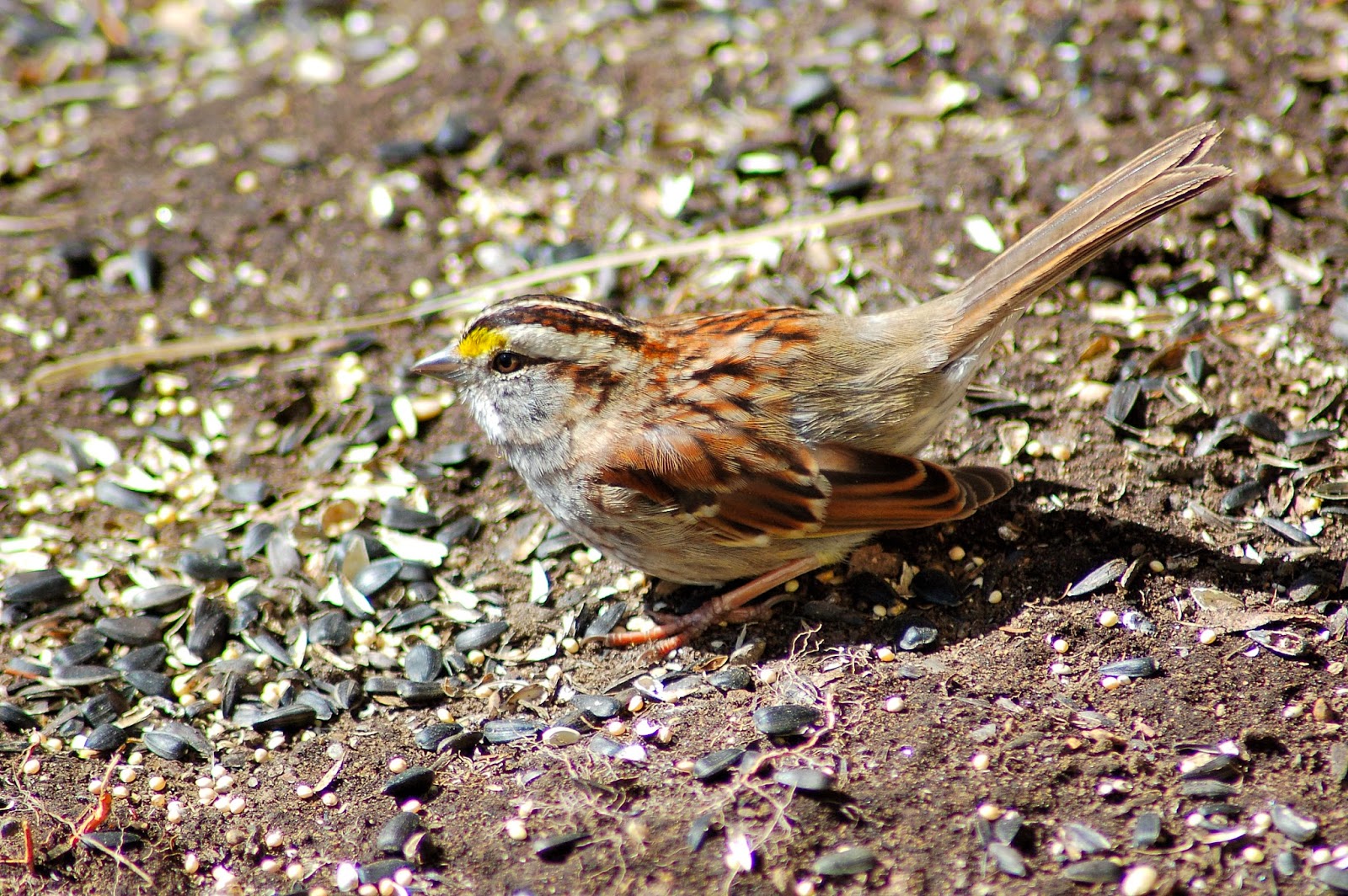During my August wanderings and seed collecting I came upon a wonderful example of an Upland Meadow at Westmoor Park. I took many pictures to serve as records of what a well-established native plant meadow looks like.
 |
| "Turkey Foot" is an appropriate common name. |
 |
| Andropogon gerardii |
 |
| "Big Bluestem" can be seen here. |
Andropogon gerardii is a bunchgrass which prefers full sun, and will thrive in moist to slightly dry conditions, excellent in an upland meadow location.
It is an excellent wildlife plant... feeding many grasshoppers (this is good because you can plant it as a trap plant around crops) Check out this link: Grasshoppers
"Tall bluestem" & "bluejoint" are other common names for this native prairie plant. It also is host to several caterpillars of various Skippers: The Delaware Skipper, Dusted Skipper, Leonard's Skipper, Cobweb Skipper, Ottoe Skipper, Indian Skipper & Byssus Skipper. It is an important food plant for the "Short-winged Meadow Katydid", "Sword-bearing Conehead" and Thrips, Billbugs & Leaf-hoppers. Don't forget the seedheads for the grain-eating birds.. Field Sparrow, Tree Sparrow & Chipping Sparrow. Foliage is good fare for herbivores / livestock, as well as the Prairie & Meadow Vole.
Meadows appreciate some bright color. As do our native Pollinators... Here we are hosting a variety of native bees.
You will find many different sizes from the tiny sweat bees up through the solitary bees, the mason bees , carpenter bees and the queen bees you may occasionally catch glimpses of.
 | |
| Silphium integrifolium |

Wasps also come in several sizes and varieties, with most being beneficial in plant pollination or by using pest insects to feed their young.

Having seen such great
examples of a Native Plant
Meadow here in Connecticut,
I began to concentrate on
collecting seed for propagation
of natives that would do well
in an open meadow area.
 | |
| Ratibida pinnata |
It appears that this strategy was working... I obtained good quantities of locally sourced (local eco-type) seed as they ripened. Plus... I was able to keep busy and not fret so much as I awaited further development on the possible new location.
I would be able to use any local sourced seed to establish a native meadow within that eco-region of the potential property... When and if the proposal for "Eden's Natives Nursery--Wildlife Habitat and Education Center" was approved.


























